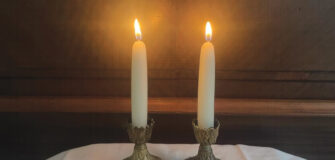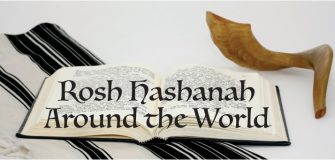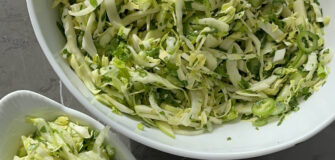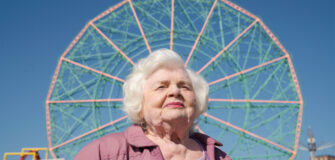Mishegoss – Jews and the Olympics
1936 — Basketball in Berlin
While the 1936 Summer Olympics conjure up stories of Jesse Owens triumphing in the face of Germany’s push for Aryan superiority, there are other stories to tell. As Jews were not permitted to compete for Germany, many Jews from other countries chose to boycott the Olympic Games. During the Games, nine Jews earned medals, including one American — Sam Balter.
The year 1936 was the first time basketball became a medaling event and the United States had planned to field a team. If you played basketball after college, you probably played for a YMCA or business club team. To determine who would go to the Olympics, a national qualifying tournament was created, which has evolved into what we now know as NCAA March Madness.
The final game of the qualifying tournament took place at Madison Square Garden, with members from both the top teams forming the Olympic team. While the Long Island Blackbirds were the odds-on favorite to win the tournament after a stellar 25-0 season, the team, which consisted of five Jews, decided to boycott the Games.
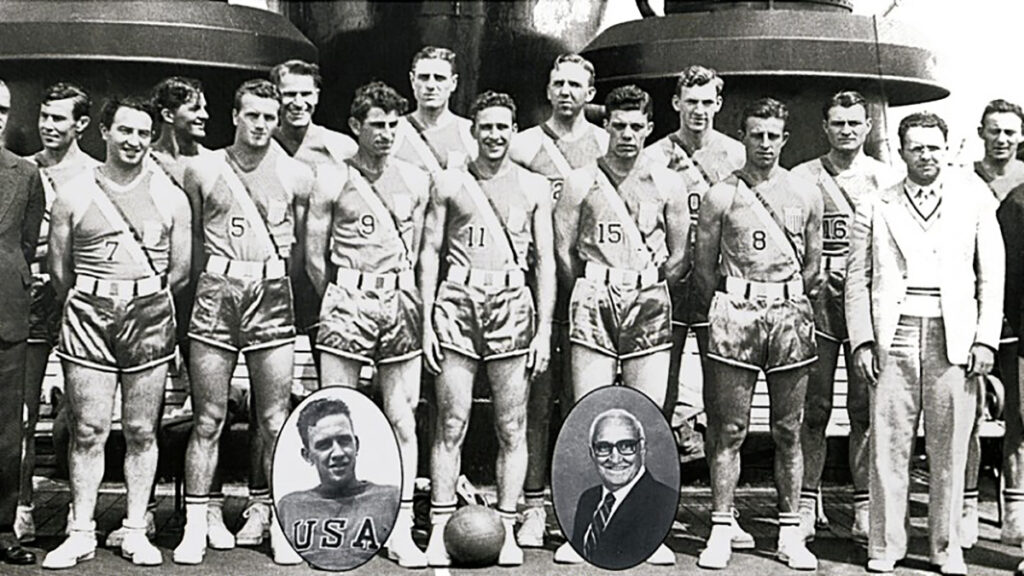
The two team finalists were the Universal Pictures Universals and the McPherson Globe Refiners. At Universal, Carl Laemmle hired a number of former UCLA players as grips and stagehands who could also play basketball as a traveling marketing team to promote the studio’s slate of films. In McPherson County, Kansas, the Globe Refiners were created as a marketing campaign to promote the company’s growing gasoline business. With a one-point victory, Universal earned the right to fill half of the Olympic roster. McPherson supplied six players, and one college player was selected from Washington to complete the roster. As the team prepared for the Olympics, the players were told that they would lose their jobs if they went to the Games. The players took the risk, and without their companies’ support, they had to raise their own funds to get to Germany.
As the U.S. players arrived in Berlin, they learned that their games would be played outdoors at the tennis plaza on courts made of sand, silt and clay. The Americans reached the finals after Spain withdrew due to that country’s civil war. After that, Team USA easily defeated Estonia, the Philippines and Mexico.
The final game versus Canada was scheduled after a day of rain, making the court a muddy mess. The poor conditions made dribbling and running the court a challenge, and the score reflected it. After the United States took a 15-4 halftime lead, the rain intensified, and a mere eight points were collectively scored in the entire second half. The United States emerged with a 19-8 victory, and Dr. James Naismith, who invented the sport nearly 45 years earlier, was honored as he presented the Americans with their gold medals.
Sam Balter, averaging 8.5 points over the four games leading to the gold medal, was the only Jewish-American athlete to win gold at the 1936 Olympics. Balter, a UCLA All-American in 1929, later became “the voice of the Bruins” as the play-by-play announcer for football and basketball broadcasts. Balter, who was a member of the Southern California Sports Broadcasters Hall of Fame, UCLA Athletic Hall of Fame and International Jewish Sports Hall of Fame died at 88 in 1998.
Indian Clubs
Los Angeles was the site of the second and last Indian Clubs medal competition in the Olympic Games. Two local Los Angeles Athletic Club members, George Roth and Philip Erenberg were selected to compete. In all, only two nations competed in the Games, with a grand total of just four competitors (three from the United States, one from Mexico). The sport is considered a gymnastic event that combines weightlifting, agility and style.
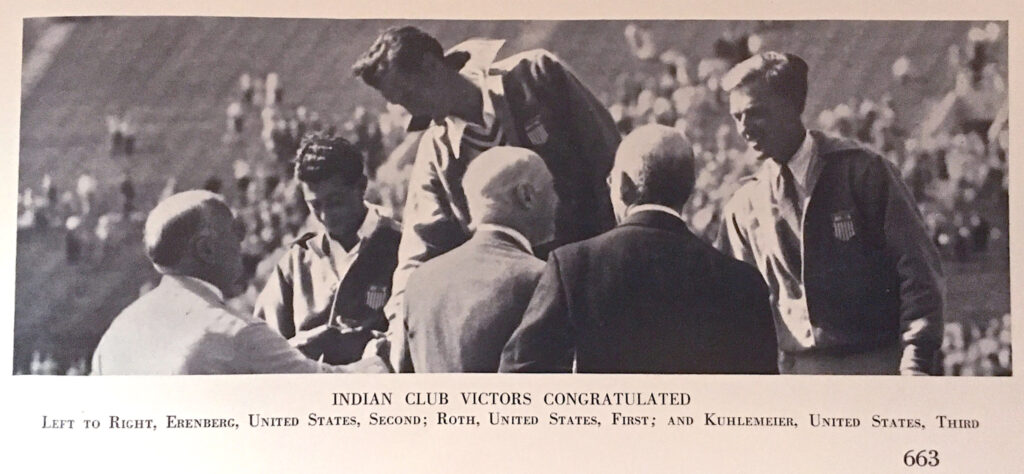
Roth described the sport in the book, “Tales of Gold,” thusly: “Indian clubs look a little like bowling pins, but they are skinny and have long necks with a small, round knob at the top end. What you do is twirl them around your body — in front, in back, and on the sides — without letting them touch each other or yourself. The routines lasted for four minutes, and you couldn’t stop or hesitate or repeat any pattern that you already had done.”
Roth garnered the gold medal with a score of 26.9 out of a possible 30, narrowly beating the Jewish American, Erenberg, who scored a 26.7. During the games, Erenberg was attending medical school at the University of California, Irvine, and after graduating in 1934, he went on to have a 50-year career in medicine.
Claire Weinstein: The Next Swimming Star
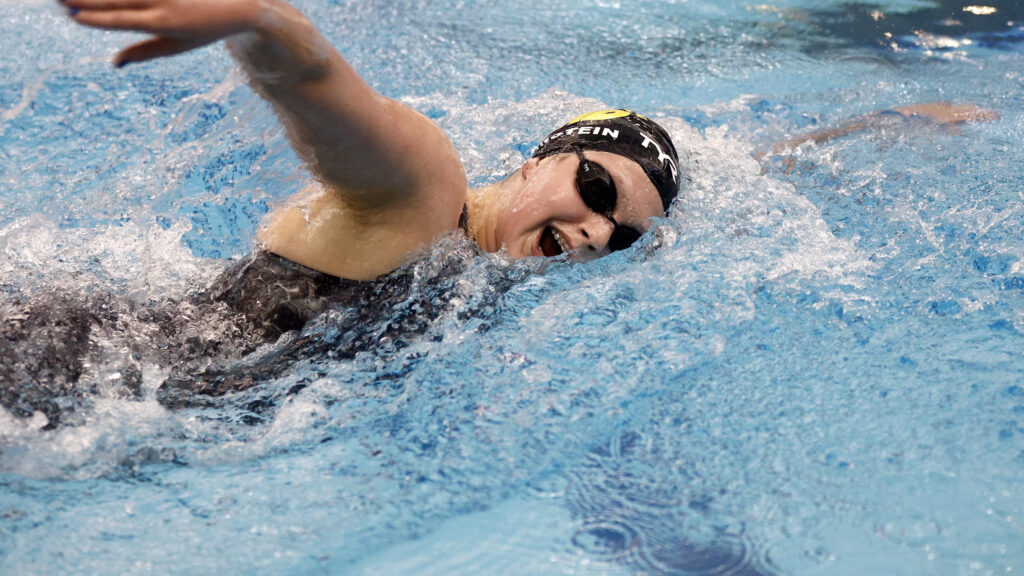
Mark Spitz, Michael Phelps, Dana Torres, Jason Lezak, Lenny Krayzelburg and Scott Goldblatt are just a few of the amazing Jewish swimmers who have won gold medals at the Olympics. Is 17-year-old Claire Weinstein the next great Jewish swimmer to add to this list?
Presently, Katie Ledecky is regarded as the greatest female swimmer of all time. Ledecky shocked the world with her first gold medal at the 2012 London Olympic Games at the age of 15. She went on to win more medals at the 2016 and 2020 Olympics. While Ledecky is a practicing Catholic, her grandmother was Jewish and a source of her inspiration.
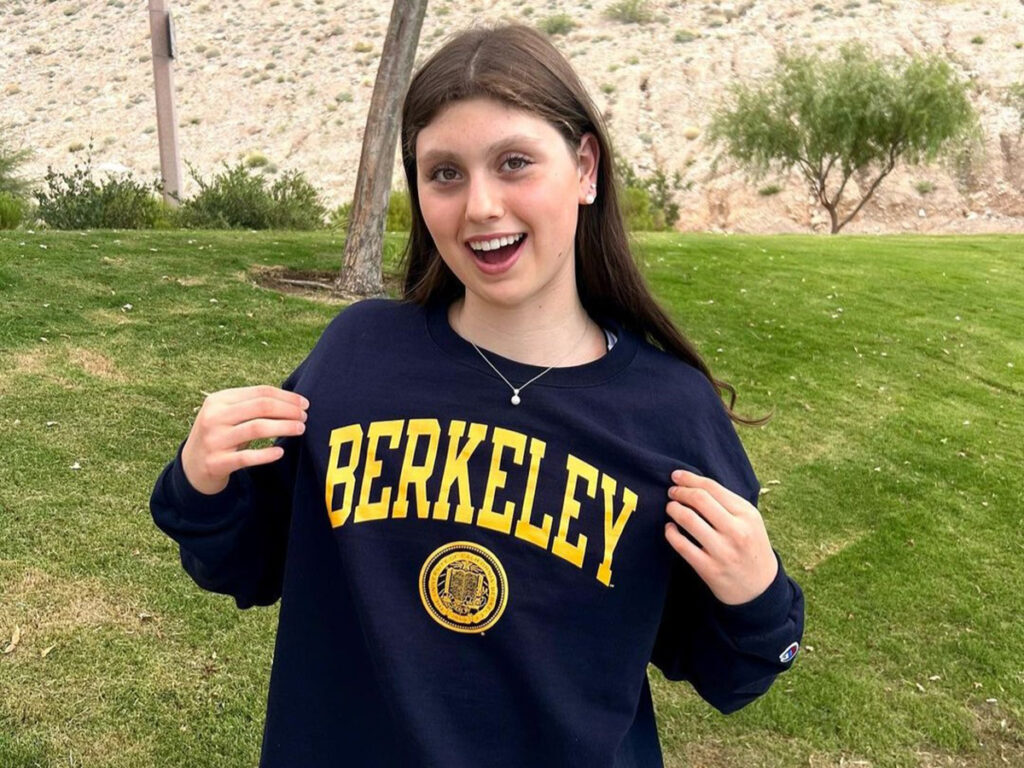
In June, Weinstein, then 16, stunned everyone by besting Ledecky at the U.S. Swimming Championships in Indianapolis. Ledecky had not been beaten by an American in the 200-meter freestyle in more than nine years! We will be watching to see if Paris is where Weinstein achieves international glory.

















